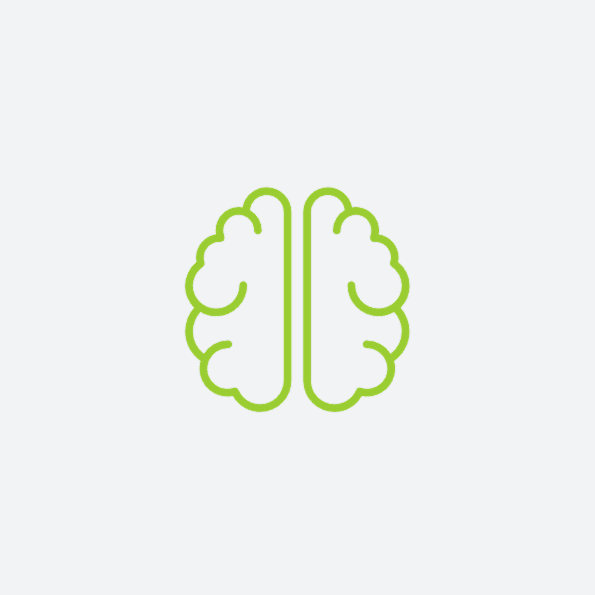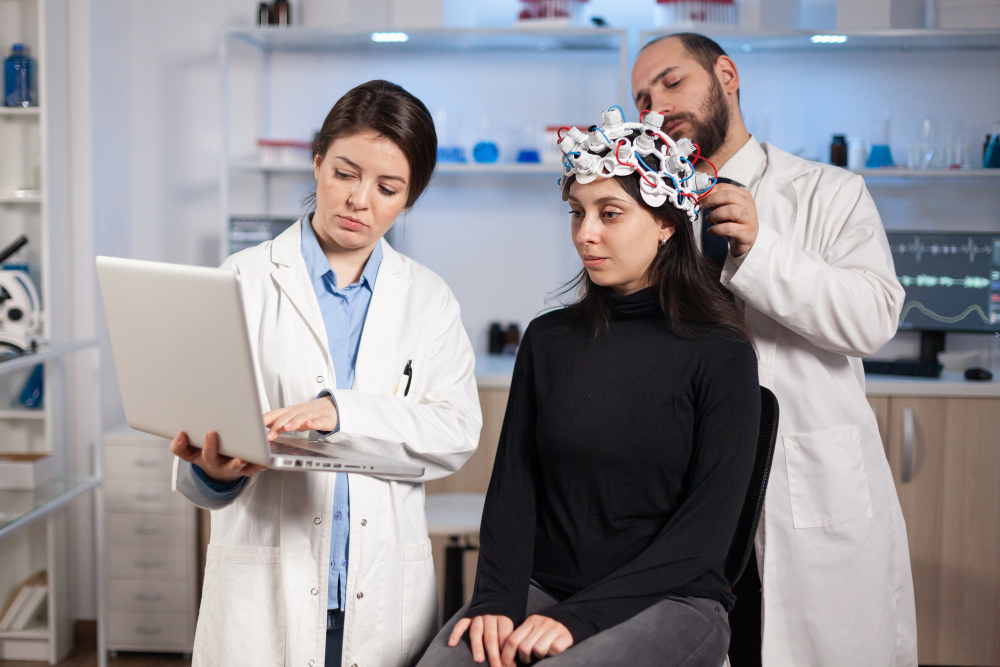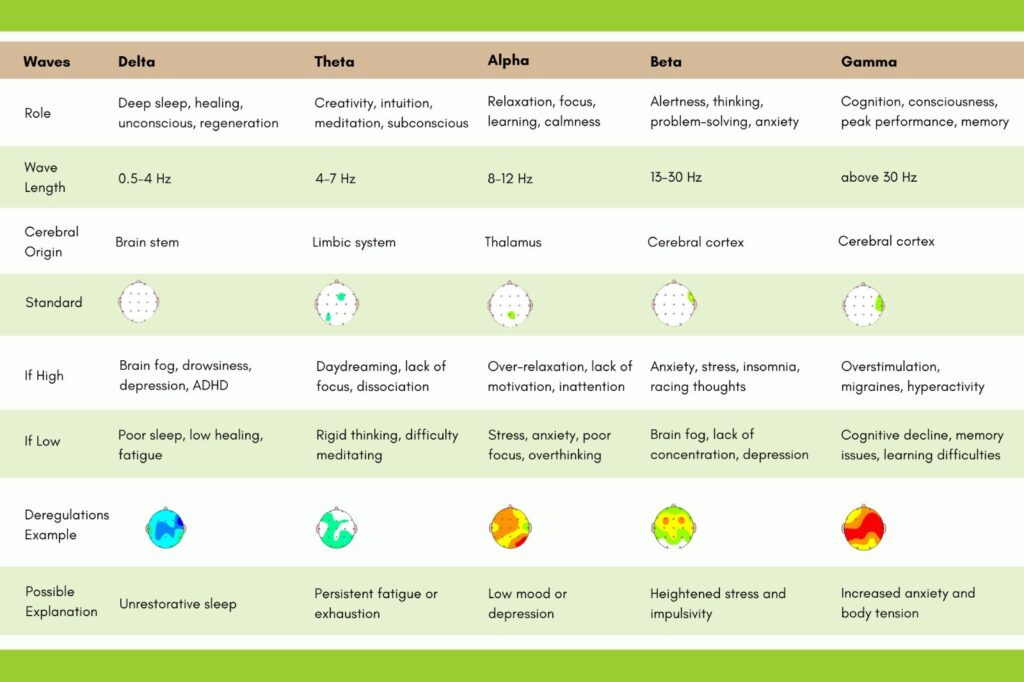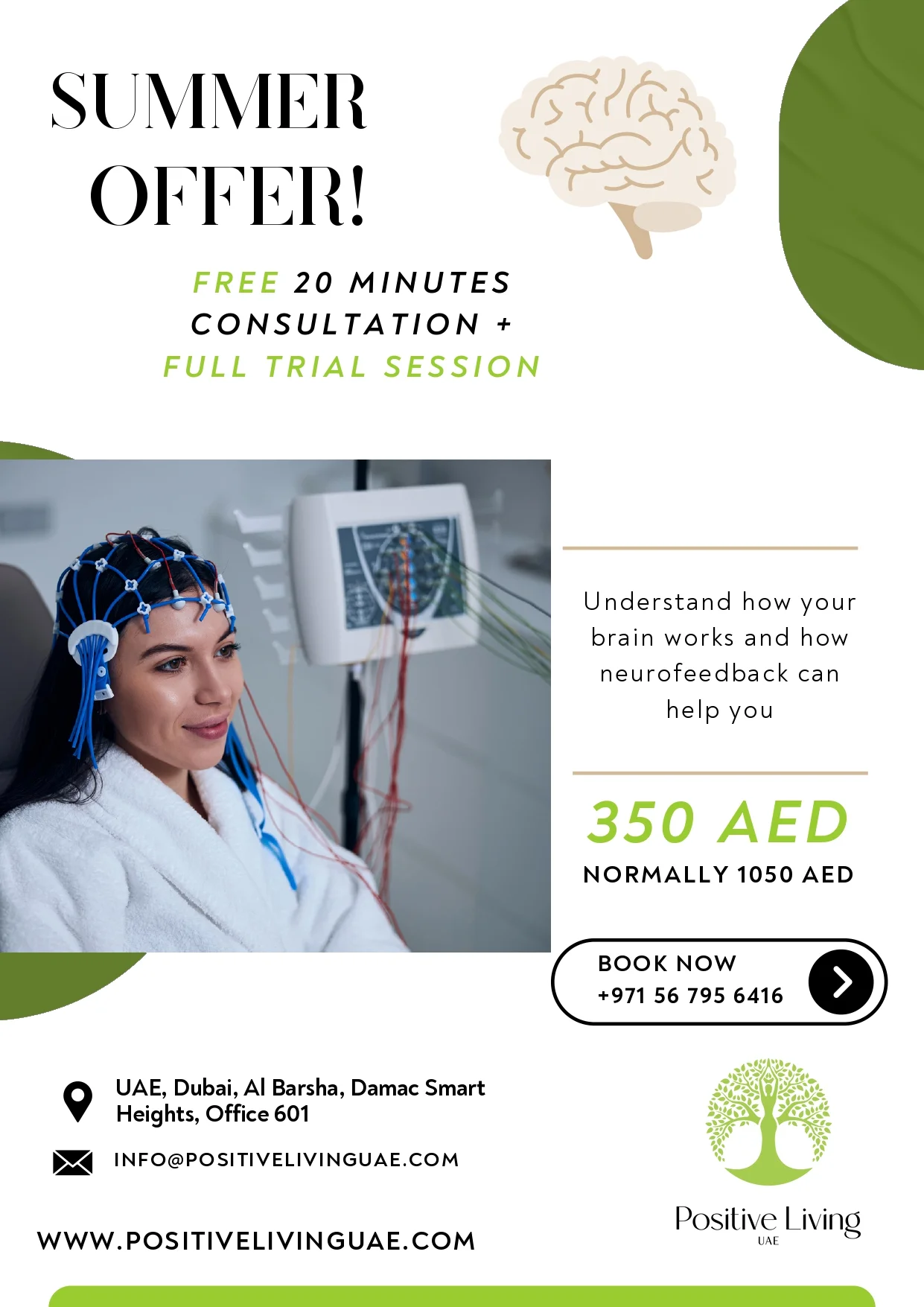- Home
- About Us
- Services
- Affair Recovery Program
- SEE HOW YOUR BRAIN WORKS – QEEG BRAIN MAPPING
- Conscious Couple Therapy
- Conscious Parenting Method
- Conscious Mother Coaching
- Conscious Woman – The Feminine Power
- Conscious Man – Right Masculine Energy
- Conscious Pregnancy Coaching
- Rapid Transformational Therapy
- Clinical Hypnosis Therapy
- Hypnotherapy to Quit Smoking
- Hypnotherapy for Sleep Issues
- Hypnotherapy for Depression
- Hypnotherapy for Anxiety
- Hypnotherapy for Fears & Phobias
- Hypnotherapy for Panic Attacks
- Hypnotherapy for Addictive Behaviors
- Hypnotherapy for Confidence & Self-esteem
- Hypnotherapy for PTSD
- Hypnotherapy for Pain Relief
- Life Coaching for Self-Development
- Teen Counseling
- Neuro-Linguistic Programming
- Neurofeedback Therapy
- Holistic Psychotherapy
- Speaking, Training, and Consulting Engagements
- Compassionate Inquiry
- Imago Couple Therapy
- Gender Dysphoria
- Digital and Screen Addiction Therapy
- Shop
- Our Methods
- Corporate
- Schools
- Contact Us












